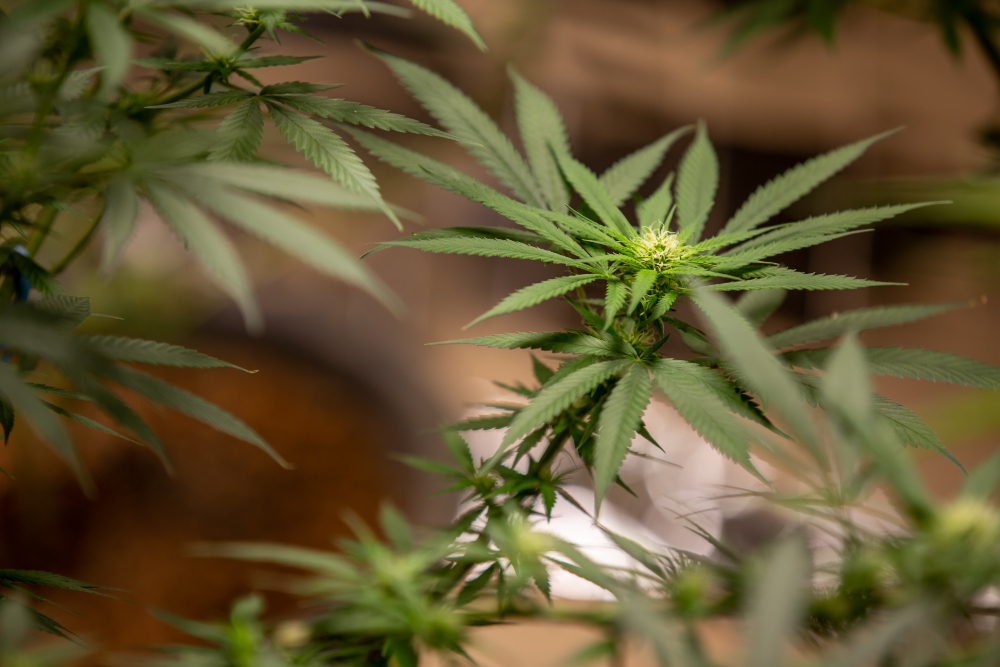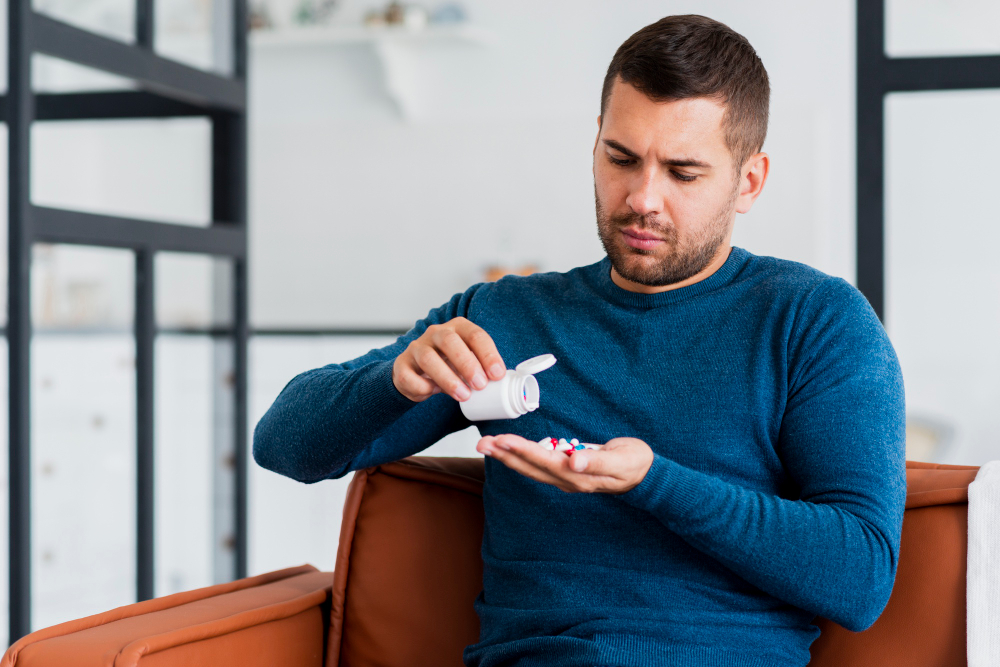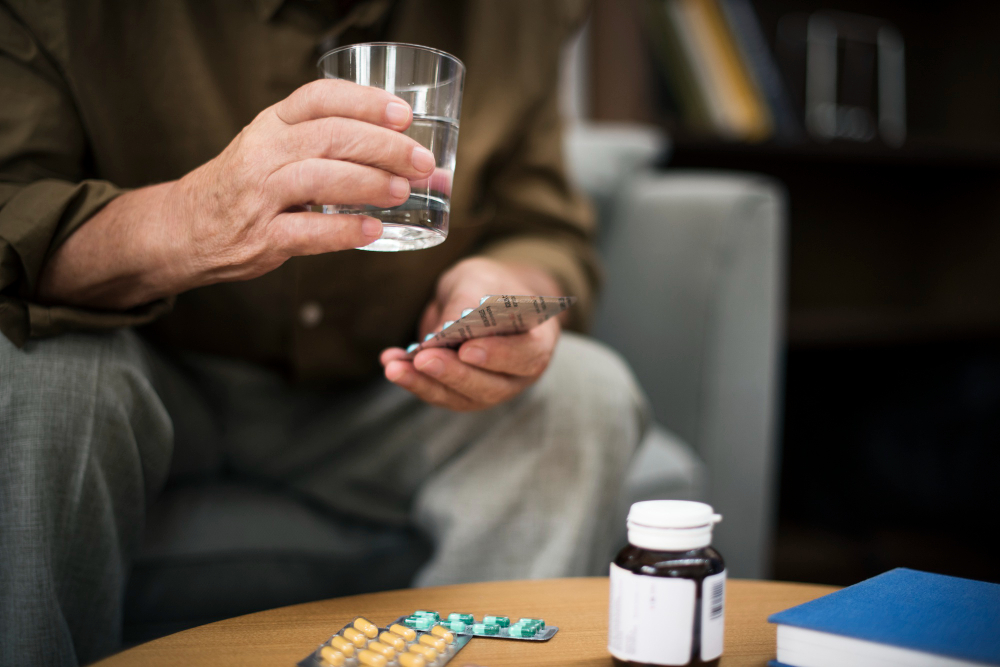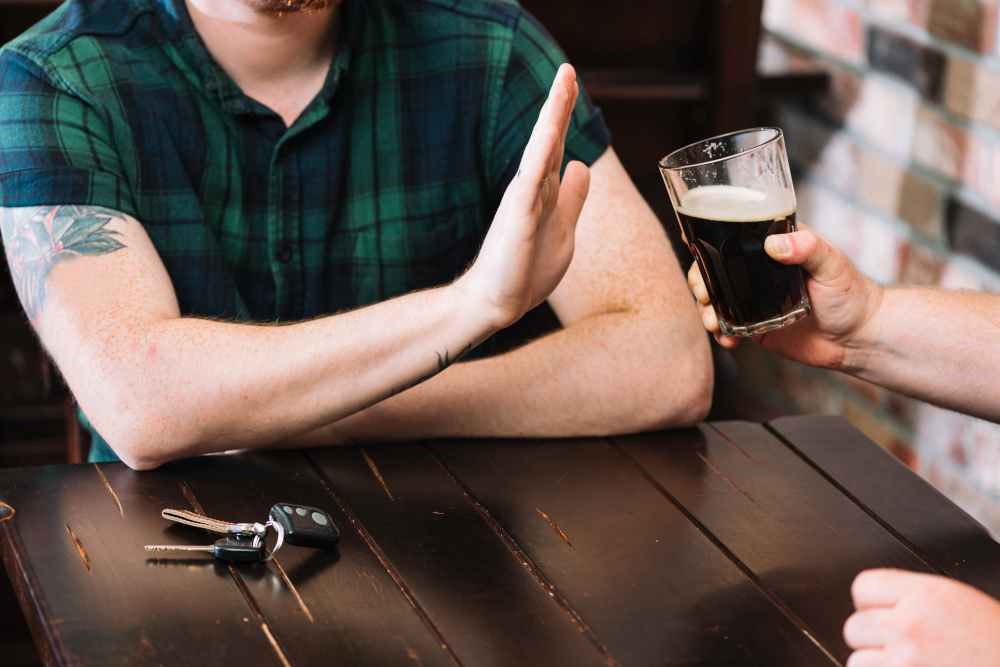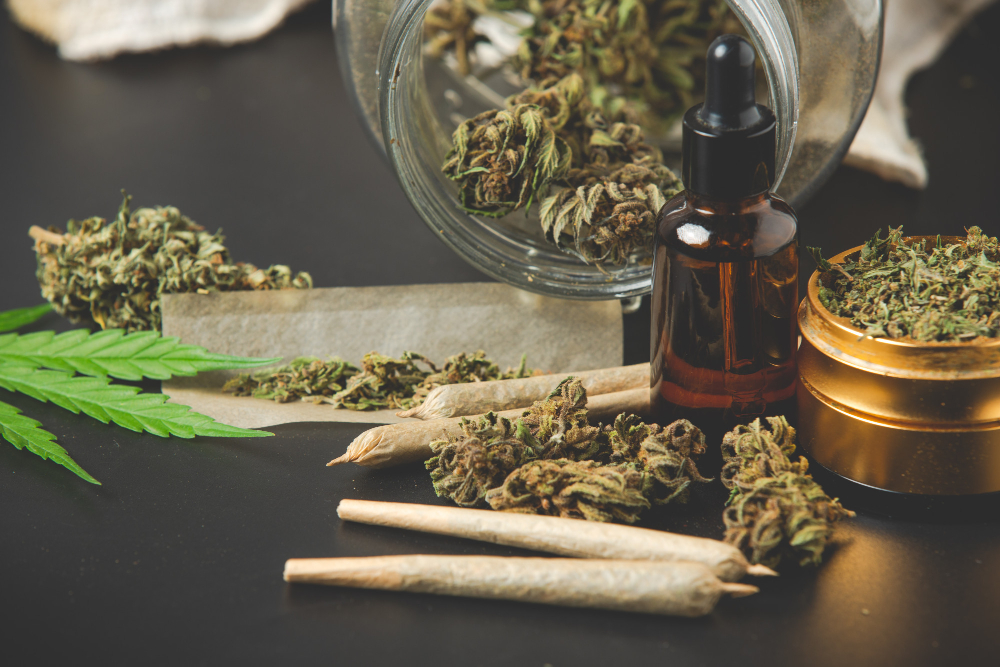Substance use disorders affected over 48 million U.S. adults in 2023, with only 12.8 million receiving treatment. Lack of financial resources is one of the primary barriers to treatment, but fortunately, United Healthcare’s comprehensive behavioral health network enables policyholders to get effective addiction treatment.
This page outlines what to expect from United Healthcare rehab and how to connect with compassionate and evidence-based treatment for substance abuse.
Clinical Foundation of Coverage Decisions
United Healthcare’s coverage determination aligns with evidence-based treatment protocols established by ASAM (the American Society of Addiction Medicine). These criteria evaluate patient need across six dimensions:
- Acute detoxification/withdrawal potential.
- Biomedical conditions.
- Emotional/behavioral complications.
- Treatment acceptance.
- Relapse potential.
- Recovery environment.
The insurer’s medical necessity assessments prioritize treatments that demonstrate measurable outcomes in peer-reviewed literature. This evidence-based approach ensures that resources support interventions with documented efficacy rates.
Neurobiological Considerations in Coverage
Modern addiction medicine identifies substance use disorders as chronic neurobiological conditions that require comprehensive medical intervention. United Healthcare’s coverage policies reflect this understanding by supporting long-term treatment modalities rather than acute-care models.
Research indicates that sustained treatment engagement of 90 days or more is associated with superior outcomes and a reduced likelihood of relapse. These findings influence United Healthcare’s authorization periods for residential and intensive outpatient programs.
United Healthcare Plan Options and Coverage Tiers
United Healthcare offers multiple plan structures designed to accommodate diverse healthcare needs and geographic locations. Knowing your plan type helps maximize addiction treatment benefits and minimize out-of-pocket expenses.
Primary plan categories
These are the main policy options for United Healthcare:
- United Healthcare Choice – This foundational plan provides comprehensive in-network coverage through United Healthcare’s extensive provider network of over 895,000 healthcare professionals nationwide. Choice plans focus exclusively on in-network care, offering no coverage for out-of-network providers. This restriction helps control costs while ensuring access to vetted addiction specialists.
- UnitedHealthcare Choice Plus – These plans strike a balance between network savings and out-of-network flexibility. Members receive optimal benefits when using in-network treatment facilities, but retain coverage for out-of-network providers at reduced benefit levels. This option proves valuable for individuals seeking specialized addiction treatment programs that may not be available within the standard network.
- United Healthcare Options PPO – Preferred provider organization plans offer the greatest flexibility in provider selection while incentivizing network utilization through enhanced cost savings. Members can access both in-network and out-of-network addiction treatment services with significant cost advantages for staying within the preferred provider network.
Specialized coverage programs
United Healthcare extends addiction treatment coverage through various specialized programs. Medicare Advantage plans offer comprehensive benefits to eligible seniors, including substance abuse treatment services that often exceed the coverage provided by traditional Medicare. Medicare Part D prescription drug coverage includes medications commonly used in addiction treatment, such as naltrexone and buprenorphine.
Federal employee health benefits through United Healthcare offer robust addiction treatment coverage. These plans typically feature enhanced benefits and streamlined authorization processes.
Comprehensive Service Coverage Spectrum
United Healthcare’s behavioral health benefits include multiple treatment modalities, from detox and inpatient programs to intensive outpatient treatment.
Medical detoxification services
Medically supervised withdrawal management receives priority coverage due to potentially life-threatening complications associated with drug and alcohol withdrawal. United Healthcare covers both inpatient and outpatient detox, with service intensity determined by standardized assessment tools like CIWA-Ar (Clinical Institute Withdrawal Assessment).
Coverage typically includes pharmaceutical interventions such as benzodiazepines for alcohol withdrawal, buprenorphine for opioid discontinuation, and supportive medications addressing co-occurring symptoms. Medical monitoring includes vital sign surveillance, electrolyte management, and seizure prevention protocols.
The duration of covered detoxification varies by substance class and individual monitoring complexity. Alcohol and benzo withdrawal may require extended monitoring due to potentially fatal complications, while stimulant cessation focuses chiefly on psychiatric stabilization and craving management.
Residential treatment authorization
Residential rehab coverage requires demonstrating clinical appropriateness through standardized assessment instruments. United Healthcare employs the ASAM criteria to evaluate whether 24-hour structured care is the least restrictive appropriate treatment environment.
Authorization considerations include:
- Failed lower levels of care.
- Severe co-occurring psychiatric conditions.
- Insufficient social support systems.
- High-risk environmental factors.
Treatment facilities must submit comprehensive biopsychosocial assessments documenting these clinical indicators.
Coverage periods range from 30 to 90 days, with extensions based on measurable treatment progress and ongoing clinical necessity. United Healthcare’s concurrent review process evaluates treatment engagement, symptom improvement, and discharge planning adequacy.
Intensive outpatient programming
For those needing connection to their community while receiving structured intervention, IOPs (intensive outpatient programs) offer evidence-based group and individual therapy. These programs typically provide 9 to 15 hours of weekly treatment across multiple sessions.
United Healthcare covers IOPs as primary treatment options for those with stable housing and transportation, or as step-down care following residential rehab. Programs must demonstrate a structured curriculum that addresses relapse prevention, coping skills development, and family system healing.
PHPs (partial hospitalization programs) plug the gap between inpatient and outpatient care, offering 6 to 8 hours of daily programming on weekdays, while allowing individuals to return home in the evenings. Coverage requires documentation of psychiatric instability or complex medical needs warranting enhanced supervision.
Prior Authorization: Clinical Documentation Requirements
United Healthcare’s prior authorization process protects against inappropriate utilization while ensuring medically necessary care receives approval.
Essential clinical elements
Comprehensive assessments must demonstrate addiction severity through validated instruments such as ASI (the Addiction Severity Index) or the ASAM multidimensional assessment. Documentation should quantify functional impairment across life domains, including:
- Occupational.
- Interpersonal.
- Legal.
- Medical.
Co-occurring mental health disorders require separate diagnostic documentation with evidence-based treatment planning addressing integrated care needs. Those with dual diagnoses often receive enhanced coverage due to the complexity of treatment and improved outcomes with specialized programming.
Treatment history documentation influences coverage decisions, with failed previous interventions supporting higher levels of care. That said, treatment history should not create barriers, as relapse is a common part of the recovery process.
Medical necessity substantiation
Clinical documentation must establish clear connections between proposed interventions and anticipated outcomes. Treatment plans should specify measurable goals, evidence-based modalities, and estimated timelines for achieving these goals.
Risk assessment documentation supports coverage by demonstrating the potential consequences of delayed or inadequate treatment. This includes suicide risk evaluation, overdose probability, and the likelihood of legal consequences without intervention.
Financial Architecture and Cost Management
United Healthcare coverage levels vary widely across plan types and benefit designs.
Deductible and cost-sharing considerations
Most United Healthcare plans apply standard medical deductibles to behavioral health services, in line with mental health parity requirements. High-deductible health plans may require substantial upfront payments, particularly for residential treatment programs, averaging $30,000 for 30-day stays.
Co-insurance rates typically range from 10 to 30% after deductible satisfaction, with in-network providers offering significant cost advantages. Out-of-network treatment may result in balance billing, potentially triggering substantial financial obligations beyond insurance payments.
Annual out-of-pocket maximums provide financial protection against catastrophic treatment costs. Once these limits are reached, United Healthcare covers 100% of covered services for the remainder of the benefit year.
Network optimization strategies
United Healthcare maintains extensive behavioral health networks, including national treatment chains, regional facilities, and specialized programs. Network utilization impacts total treatment costs and should be prioritized when clinically appropriate.
The Centers of Excellence designation indicates facilities that meet enhanced quality and outcome standards. These providers often receive preferential coverage terms and may offer reduced cost-sharing for individuals seeking treatment.
Geographic considerations affect network access, with rural areas potentially requiring out-of-network treatment. United Healthcare may provide network adequacy exceptions for those lacking reasonable in-network access.
Quality Assurance and Outcome Measurement
United Healthcare employs quality metrics to evaluate treatment provider performance and guide coverage decisions.
Evidence-based practice requirements
Covered treatment programs must demonstrate utilization of evidence-based practices with documented efficacy. This includes CBT (cognitive-behavioral therapy), motivational interviewing, contingency management, and medication-assisted treatment when appropriate.
Programs should maintain accreditation through recognized organizations such as CARF (the Commission on Accreditation of Rehabilitation Facilities) or The Joint Commission. These accreditations indicate adherence to quality standards and continuous improvement processes.
Outcome measurement and reporting
Quality treatment programs track outcomes using standardized instruments that measure symptom improvement, functional restoration, and long-term recovery maintenance. United Healthcare increasingly considers outcome data in network participation and coverage decisions.
Get Addiction Treatment with United Healthcare Insurance at a Premier California Rehab
United Healthcare’s comprehensive behavioral health coverage provides support for evidence-based addiction treatment at multiple levels of intensity.
At Anchored Recovery, our clinical team collaborates directly with United Healthcare to ensure seamless coverage verification and authorization processes. Our science-backed treatment programming aligns with insurer quality standards while addressing individual needs through personalized care planning.Recovery from addiction is an investment in your lifelong health and wellness. Get help today using United Healthcare insurance by calling Anchored Recovery at (949) 696-5705.



